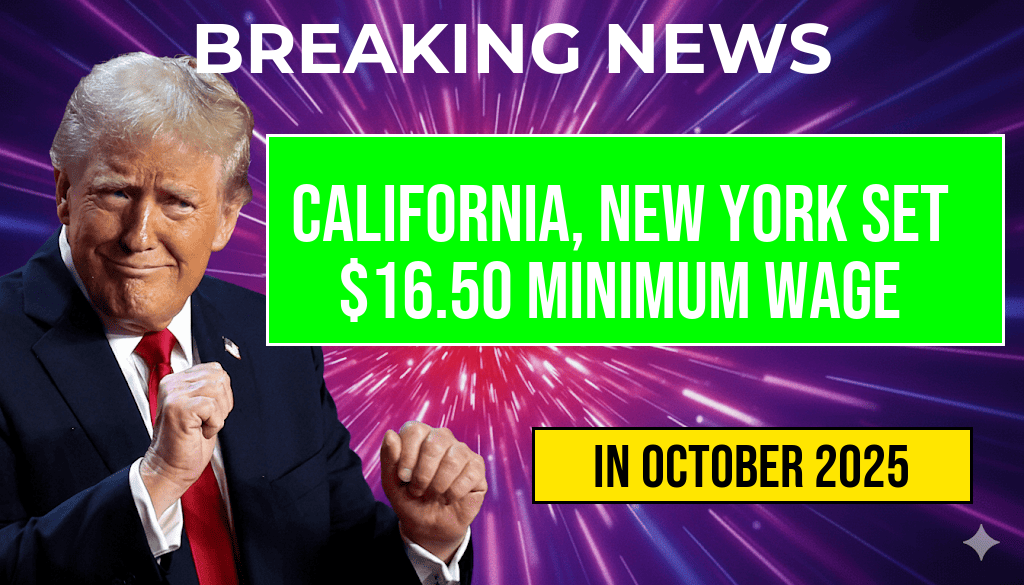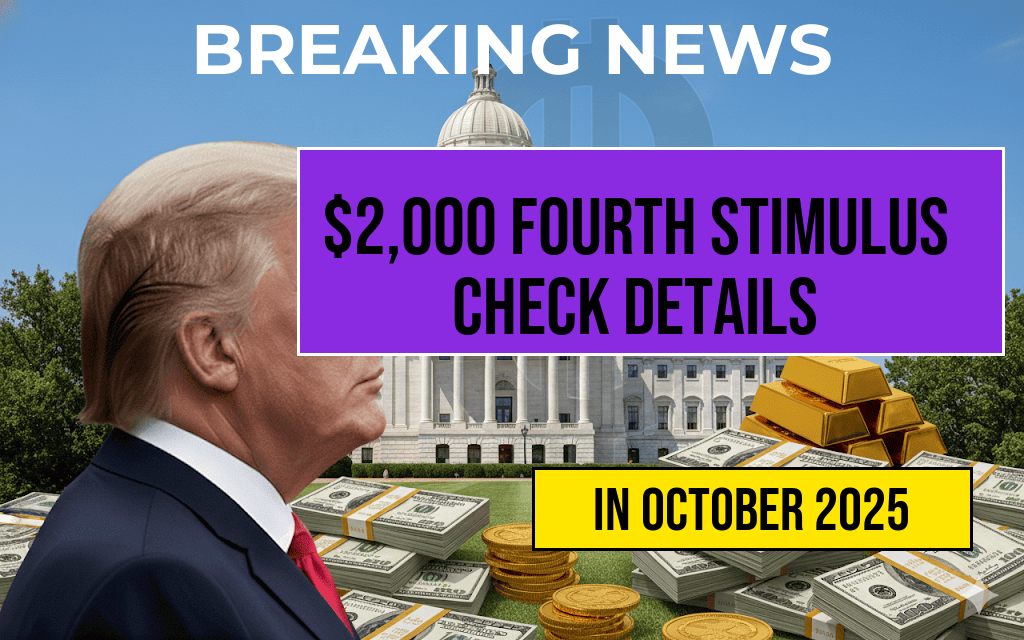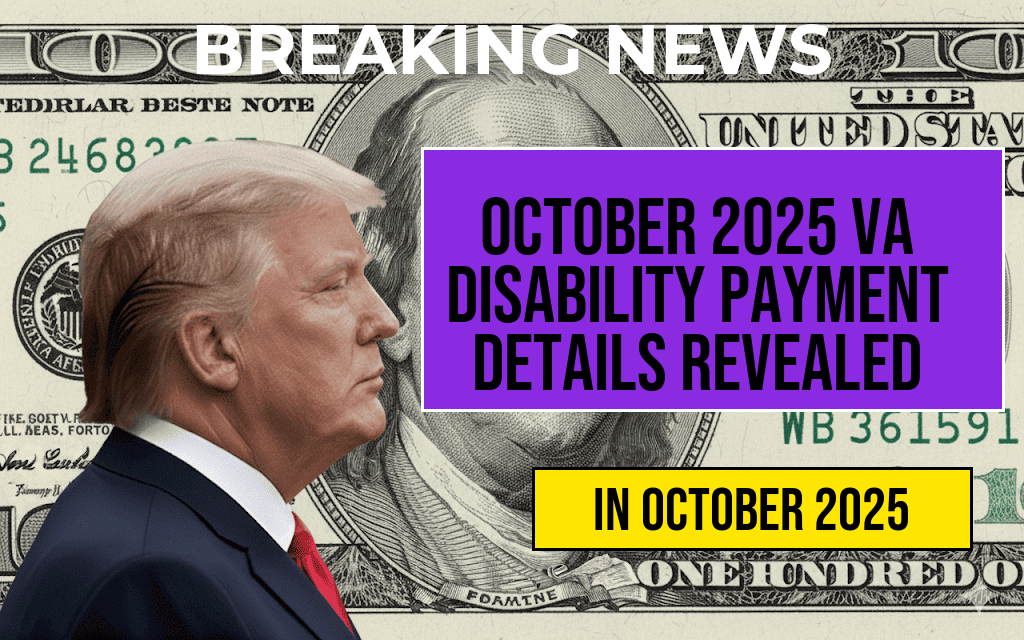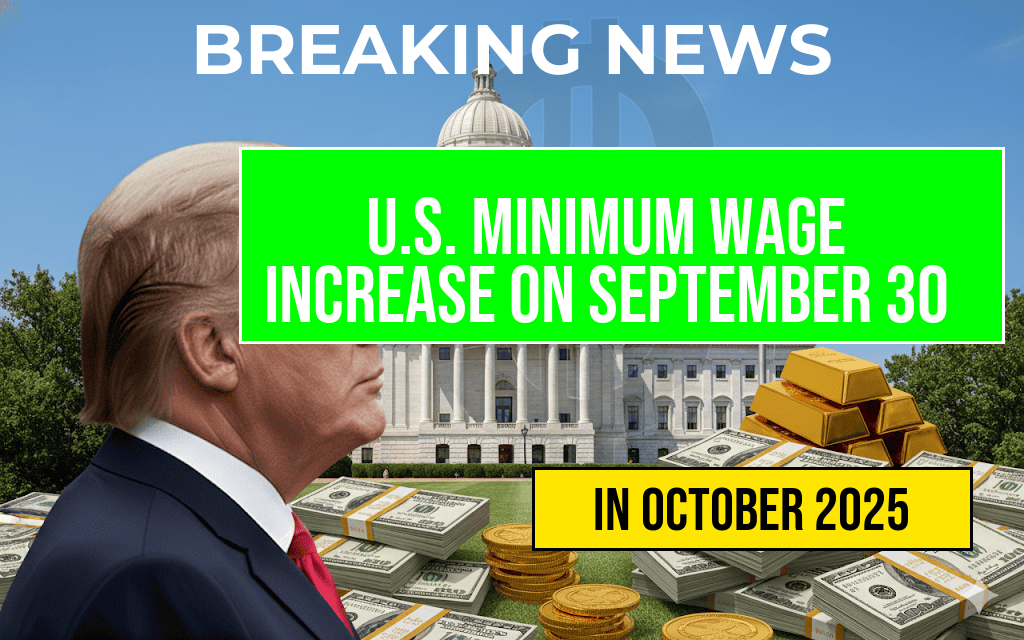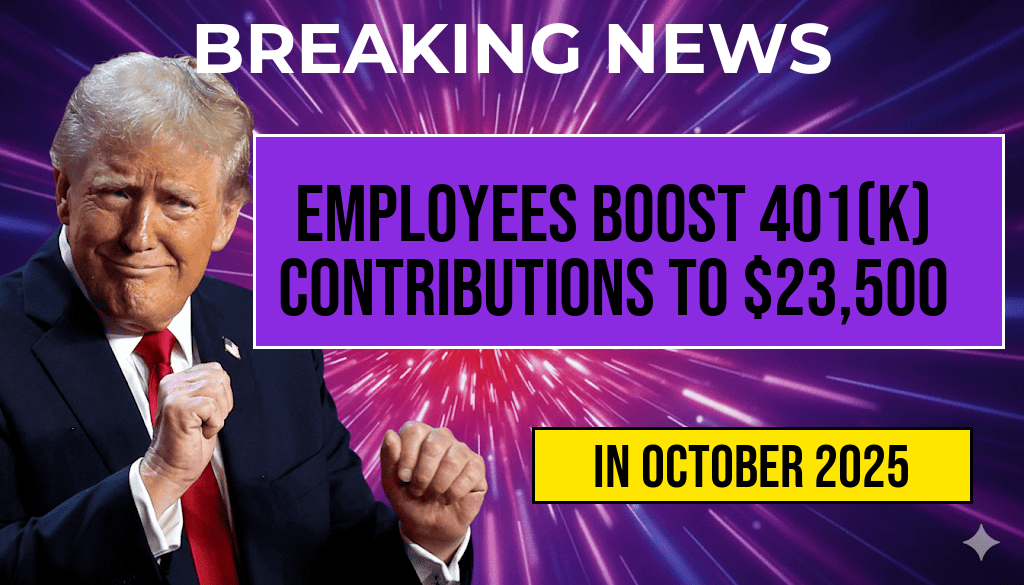California and New York are poised to implement a new minimum wage of $16.50 per hour, a significant increase aimed at enhancing the livelihoods of low-income workers in these states. This policy, driven by rising living costs and inflation, reflects a growing trend among states to raise their minimum wage standards to ensure fair compensation for workers. The decision has sparked discussions among policymakers, business owners, and labor advocates, with varying opinions on its potential impact on employment and the economy. As both states prepare for the rollout, businesses are evaluating how this change will affect their operations and workforce dynamics. The implementation date is set for January 1, 2024, giving employers a short window to adjust to the new wage requirements.
Background of Minimum Wage Initiatives
The movement to increase minimum wage rates has gained momentum in recent years, especially in high-cost areas like California and New York. Advocates argue that a higher minimum wage is essential to combat poverty and promote economic stability. The decision to set the minimum wage at $16.50 aligns with similar initiatives across the nation, where states are taking proactive measures to elevate pay standards.
Economic Context
Both California and New York have seen substantial increases in the cost of living, driven by factors such as housing prices, inflation, and general economic conditions. According to the Forbes Finance Council, raising the minimum wage can empower workers, allowing them to spend more in their local economies, which can, in turn, stimulate job growth and business activity.
Implications for Businesses
Business owners have expressed a mix of concern and support regarding the increase in minimum wage. While some argue that higher wages may lead to increased operational costs, others believe that fairer wages can enhance employee satisfaction and reduce turnover rates.
- Increased Labor Costs: Small businesses, in particular, worry about the financial strain that comes with higher wages.
- Employee Retention: Competitive wages are seen as a way to attract and retain quality employees.
- Potential for Automation: Some industries may turn to automation as a means to offset the increased labor costs.
Public Reaction and Advocacy
The response to the proposed minimum wage has varied among different sectors of the population. Labor advocates have largely welcomed the increase, viewing it as a necessary step toward economic equity. However, some small business associations have voiced their concerns about the potential ramifications on employment levels and business viability.
Labor Advocacy Groups’ Perspective
Labor unions and advocacy groups are actively promoting the wage increase, emphasizing the importance of a living wage. They argue that the current federal minimum wage of $7.25 has not kept pace with inflation, making it increasingly difficult for workers to meet their basic needs.
Opposition from Business Groups
On the other hand, several business groups have raised alarms about the potential job losses that could result from the wage hike. They argue that while the intention behind the increase is commendable, the practical implications could lead to reduced hiring or layoffs, particularly in industries with slim profit margins.
Future Outlook
As California and New York move forward with the $16.50 minimum wage implementation, stakeholders are closely monitoring its effects on the economy. Observers are particularly interested in how businesses will adapt to this change and whether it will inspire other states to follow suit.
| State | Current Minimum Wage | Effective Date of Increase |
|---|---|---|
| California | $16.50 | January 1, 2024 |
| New York | $16.50 | January 1, 2024 |
| Washington | $15.74 | Ongoing |
| Florida | $12.00 | September 30, 2023 |
With the new wage set to take effect in early 2024, both states will serve as important case studies in the ongoing national conversation about minimum wage policies and their implications on the economy and workforce. As more states consider similar measures, the outcomes in California and New York could influence future legislative efforts across the country.
Frequently Asked Questions
What is the new minimum wage being implemented in California and New York?
The new minimum wage being implemented in both California and New York is $16.50 per hour.
When will the $16.50 hourly minimum wage take effect?
The $16.50 hourly minimum wage is set to take effect on January 1, 2024, for both states.
Who will be affected by this minimum wage increase?
The increase to $16.50 will affect all workers in California and New York who earn minimum wage, including those in various sectors such as retail, hospitality, and service industries.
What are the reasons behind the minimum wage increase in these states?
The increase to $16.50 is aimed at addressing the rising cost of living and ensuring that workers can meet their basic needs and sustain a livable wage in both California and New York.
Are there any exemptions to the minimum wage law in California and New York?
While most workers will benefit from the $16.50 minimum wage, there may be specific exemptions based on certain classifications, such as tip credit employees or those in training programs. It’s important for workers to check the specific regulations in their respective states.





